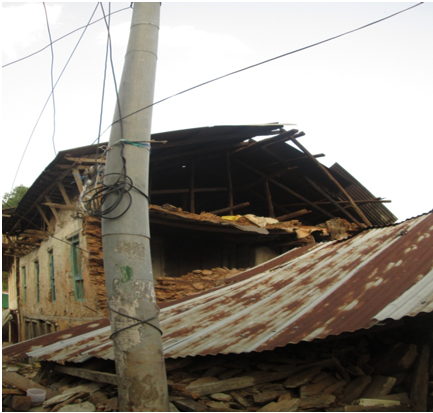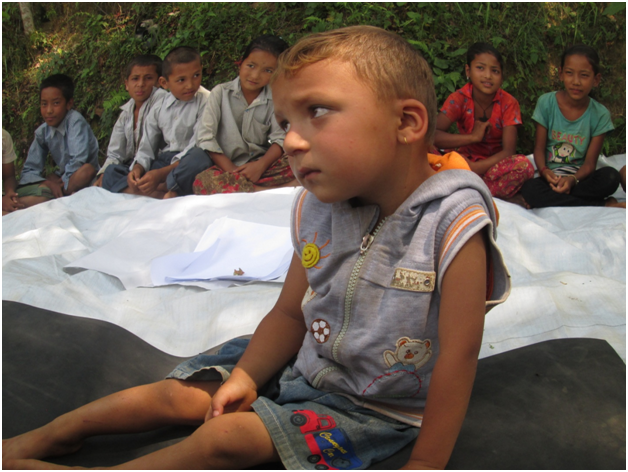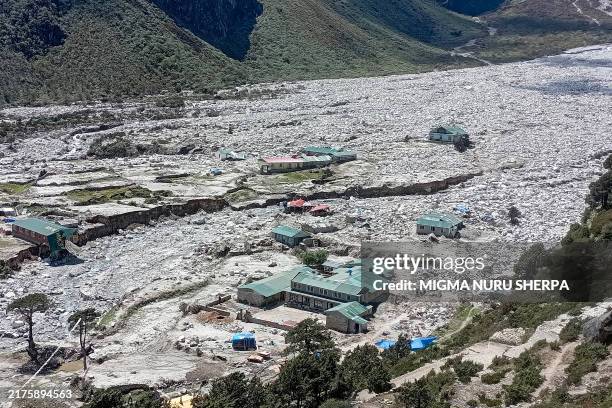Child Centric Disaster Risk Reduction and Child Participation


Disaster Risk Reduction
Disaster risk is the potential loss expressed in lives, health status, livelihoods, assets and services, which could occur to a particular community or a society due to the impact of a natural hazard. Simply, Disaster risk reduction is an approach to minimize vulnerabilities. Disaster risk reduction (DRR) is a Scientific and systematic concept of identifying, assessing and reducing the risk. There are main three propose of disaster risk reduction, they are; to minimize vulnerabilities and disaster risks throughout a society in order to avoid, to mitigate and prepare for the adverse impacts of natural hazards and to support sustainable development. Disaster risk reduction is often taken as climate change adaptation strategy.
What is CCDRR?
Child centric disaster risk reduction is a multi sectoral approach as it covers all four dimensions of child rights. CCDRR refers to child centric disaster risk reduction which aims to address children issue before, during and after the hazards.
Why CCDRR?
Especially in South Asia, We have faced some of the bigger disaster event such as flood, earthquake, landslides, and epidemic diseases and so on. These hazards threaten life of many people at risk. Disaster directly hits to the prosperity of the country. As we observed minorly, it retards the socio economic, cultural, ecological and overall status of the country. According to SAARC Disaster Management Centre’s South Asia Disaster Report 2011, the region accounted for 96.5% of the total number of disasters recorded globally in 2011 alone (291 out of 302), killing 2317 people, affecting 23,23,7,989 people and costing an estimated USD 4796 million in terms of economic damages (CRED data in SDMC, 2013, p. 3-7) .
It was recorded that proportion of the children is more than the half of the total, who affected by disaster. It is observed that children are more likely affected by diseases, poverty, malnutrition, poor sanitation status etc as the side effect of disaster. Disaster leads to the child trafficking, abuse, lose or poor quality of education, detachment from the family and society, psychological disorder and, many more.
The CRC, 1989 focused on survival, development, protection and participation of children which can be linked with children issue during emergency. CCDRR identifies eight ways of reducing child vulnerabilities and enhancing children ability to cope with vulnerabilities. Child-centered risk assessments, child friendly infrastructure, protecting children in emergencies, and social protection for children are proposed as means to reduce child vulnerabilities, while participatory action, life skills education, school safety and partnerships are suggested as tools to enhance child capacities.
How to address?
• Prevention / Mitigation
Prevention and mitigation is a tool to reduce adverse effect. It includes strengthening the capacity of community networks and it's systems after risk assessment. Mitigation aims to involvement of local bodies and children to strengthen the capacity of communities and households to care for their children, and identify and encourage existing positive practices.
• Preparedness
It focus on establishment of permanent mechanism and structure such as quick response team, child friendly safe space, awareness, safeguarding mechanism, life skills, knowledge transfer and dissemination focusing on children.
• Response / Early recovery
Response and early recovery includes necessary action during emergency. It includes information collection, dissemination, team mobilization, prompt response and recovery to the affected group. CCDRR focus to the service delivery with taking children on priority.
Child participation in CCDRR
Child participation is a fundamental key of disaster risk reduction. It is assumed that children contribution is a guiding principle for development of disaster related policy and strategy. Children can play pivotal role to develop disaster resilient structure and mechanism. Nepal has good example of child participation in local governance. There is a national government strategy of 'child friendly local governance' which aims to mainstream the children issue through governance system.
Child friendly governance strategy somehow address CCDRR, however, there is still need to in cooperate CCDDR in broader aspect. One that South Asian countries such as India, Bhutan, Bangladesh, and Pakistan could learn from Nepal is child participation.
Child participation on local planning process is one of the approaches to cope with disaster. A certain assessment tools can be used to identify the issue through direct child participations in local level planning process. Afterwards children could suggest the possible way and also could discuss how they could contribute to minimize the risk. It could be the best ground to know the strategy to be followed on child centric disaster risk reduction. This ultimately contributes for sustainable development. In this changed federal context, Municipalities and Rural Municipalities especially newly elected representative should focus on child participation on their annual planning process focusing on CCDRR to achieve sustainable development goal.
In conclusion, disaster is a cross cutting and becoming a serious threat to the developing country. CCDRR approach should be in-cooperate to reduce the risk from vulnerabilities as children are most affected age group. Child participation on disaster reduction planning process and local level planning process could be one of the effective methods on CCDRR.
References:
Child centric disaster risk reduction basic concept, 2015, UNICEF regional office for South Asia and SAARC disaster Management Center.
CHILD-CENTERED DISASTER RISK REDUCTION Contributing to resilient Development, may 2016, Unicef.
Acharya is a Child Right Activist and President of Scientific Research Society

 Haribol Acharya
Haribol Acharya




Feedback